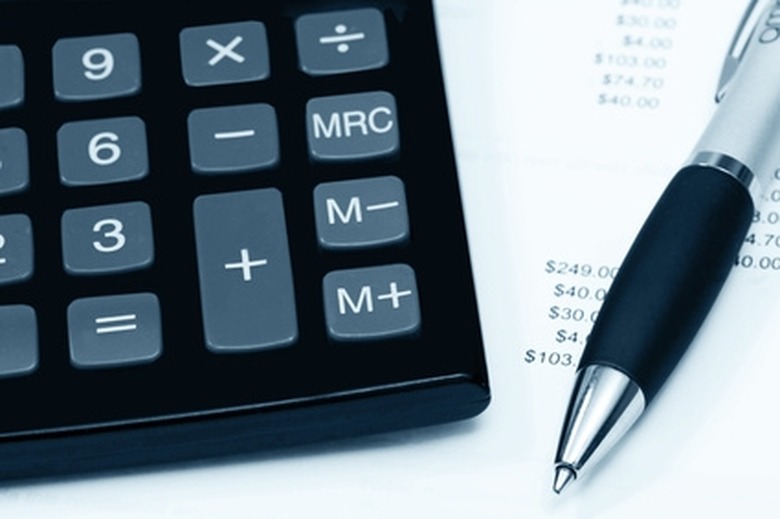How To Calculate RSD
In statistics, RSD stands for relative standard deviation and is also known as the coefficient of variance. The RSD measures the precision of the average of your results. It can come in a percentage or as a basic numeral and be added or subtracted from your main measurement. For example, a standard deviation of 6% when your average result is 40 would mean that the vast majority of results fall between 34 and 46. Your result would read 40 +/- 6%. The smaller the calculated relative standard deviation is, the more precise the measurement is. It is often used in chemistry, and is fairly simple to calculate.
Step 1
Find your standard deviation. See the Resources offered below for detailed instructions on finding standard deviation.
Step 2
Find your average by adding together all of your results and dividing it by the number of results you had.
Step 3
Take the standard deviation and multiply it by 100.
Step 4
Divide the number you get in Step 2 by your average.
Step 5
Using this formula, if you have a standard deviation of 2 and a mean of 100, it would look like this: (2*100)/100, 200/100 = 2. Your relative standard deviation is 2%.
Cite This Article
MLA
Contributor, . "How To Calculate RSD" sciencing.com, https://www.sciencing.com/calculate-rsd-4853318/. 24 April 2017.
APA
Contributor, . (2017, April 24). How To Calculate RSD. sciencing.com. Retrieved from https://www.sciencing.com/calculate-rsd-4853318/
Chicago
Contributor, . How To Calculate RSD last modified March 24, 2022. https://www.sciencing.com/calculate-rsd-4853318/
